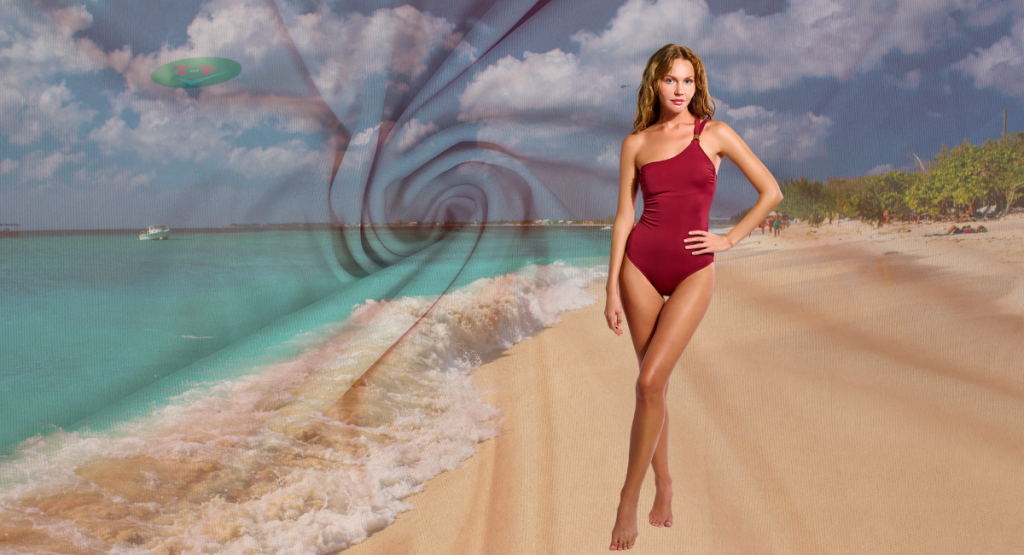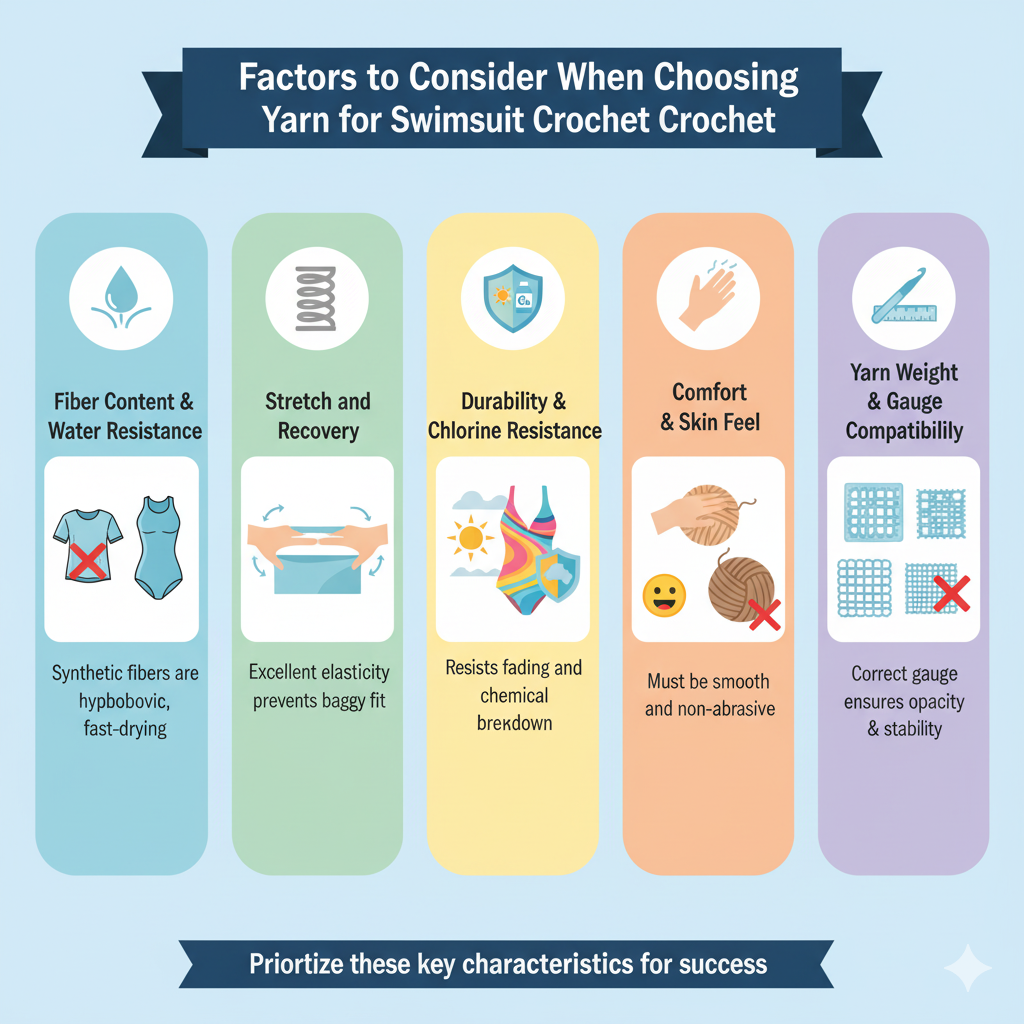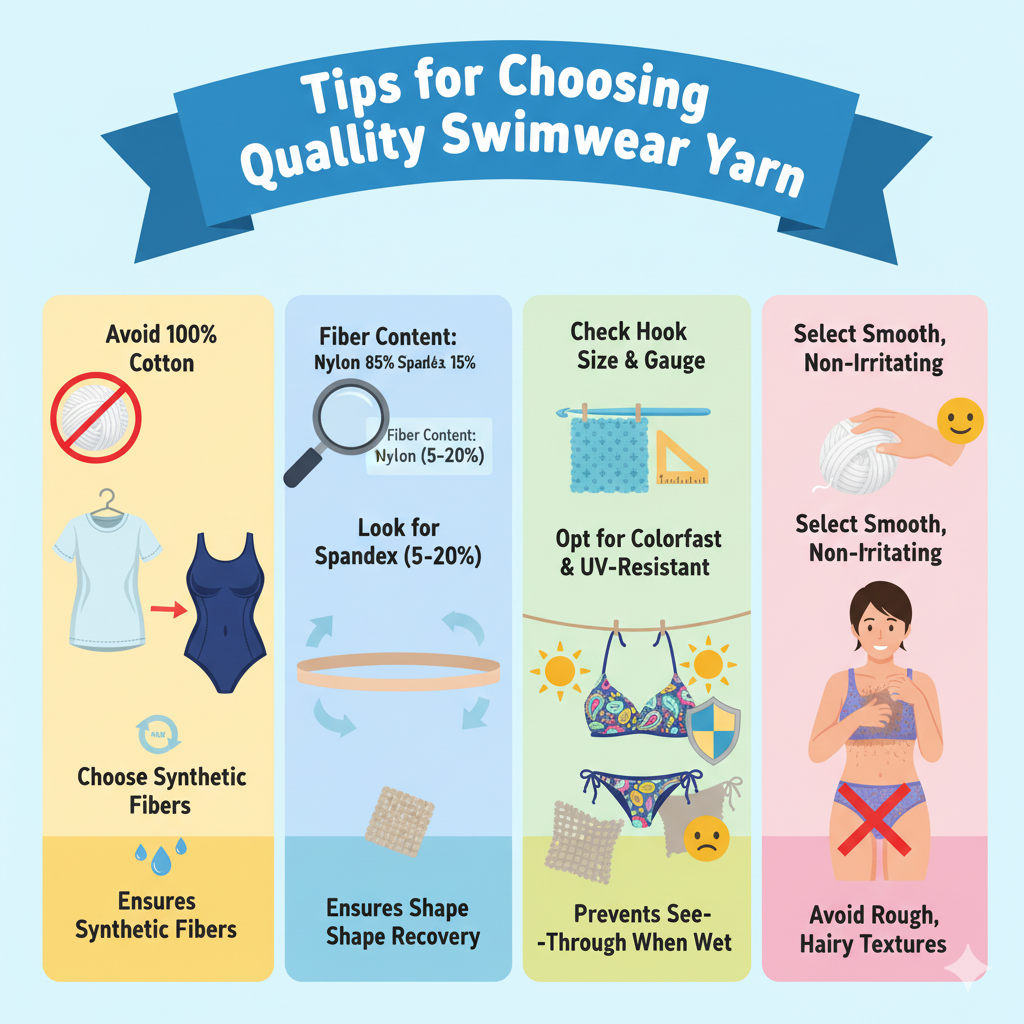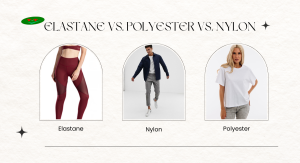The trend of crocheted swimwear is making a major splash, offering a unique blend of bohemian style and personalized fit. However, the key to a beautiful and functional piece lies not just in the pattern, but in the yarn. Choosing the wrong yarn can lead to a swimsuit that sags, stretches out, or loses its color after a single season.

This definitive guide will walk you through the critical factors for selecting swimwear yarn and highlight the best-performing options to ensure your handmade bikini or one-piece is both stunning and durable.
Factors to Consider When Choosing Yarn for Swimsuit Crochet
Selecting the right yarn is the foundation of creating swimwear that looks great and performs well. Prioritize these key characteristics to ensure your project’s success.

- Fiber Content & Water Resistance: Natural fibers like cotton are a poor choice for swimwear as they absorb water, becoming heavy and slow to dry. Synthetic fibers such as polyester, nylon, and spandex are inherently hydrophobic, meaning they repel water. This makes them lightweight, fast-drying, and able to maintain their shape and comfort when wet.
- Stretch and Recovery: Swimwear must withstand constant stretching from movement and water. The yarn must have excellent elasticity and recovery, meaning it can stretch to fit the body but will consistently spring back to its original shape. Without good recovery, a crocheted swimsuit will quickly become baggy and ill-fitting.
- Durability & Chlorine Resistance: Pool chemicals, saltwater, and UV exposure can break down fibers and fade colors. Yarns specifically designed for swimwear, particularly polyester and nylon blends, offer high resistance to chlorine and UV degradation, ensuring your creation lasts for multiple seasons without deteriorating.
- Comfort & Skin Feel: The yarn will be in direct contact with your skin, often for extended periods. It must be soft, smooth, and non-abrasive to prevent chafing or irritation. A silky or microfiber finish is ideal for ensuring all-day comfort, especially along the seams and edges.
- Yarn Weight & Gauge Compatibility: Using a light to medium-weight yarn (such as DK or Sport weight) is crucial. A very thick yarn will create a stiff, heavy fabric, while a very thin one may not provide enough coverage. Achieving the correct gauge with your crochet hook is essential to create a fabric that is dense enough to be opaque and stable when wet.
Best Yarn for Swimsuit and Bikini Crochet
Best Yarn for Swimsuit
Crocheting a full swimsuit requires a yarn that provides significant structure, stability, and support. Blends incorporating spandex with nylon or polyester are the gold standard, offering the perfect balance of maximum elasticity and durability to hold the garment’s shape.

Key Benefits
- Excellent stretch and shape retention for a secure fit.
- Fast-drying and lightweight for comfort in and out of the water.
- High resistance to chlorine, saltwater, and UV rays for longevity.
- Provides smooth fit and stability, essential for full-coverage designs.
Popular Examples
- Nylon-Spandex Blended Yarn: The top choice for structured swimwear, offering superior elasticity and strength. It creates a firm, supportive fabric that can withstand rigorous use.
- Polyester-Spandex Yarn: Known for its exceptional colorfastness and UV resistance, this blend is ideal for vibrant swimsuits that will maintain their brightness season after season.
- Microfiber Nylon Yarn: This yarn is incredibly soft, lightweight, and has a silky hand feel. It’s perfect for creating fitted, seamless swimsuit designs that feel luxurious against the skin.
Best Yarn for Bikini Crochet
Bikinis, with their smaller pieces like cups and ties, demand a yarn that is highly elastic yet firm enough to hold its shape without sagging. The focus is on precision, stitch definition, and creating a secure, form-fitting silhouette.

Key Benefits
- Excellent elasticity for form-fitting cups and secure straps.
- Quick-drying properties, perfect for a day at the beach or pool.
- Sharp stitch definition to showcase intricate crochet patterns.
- High durability to prevent the delicate pieces from stretching out.
Popular Examples
- Elastic Nylon Yarn: Lightweight and exceptionally stretchy, this yarn is perfect for crafting bikini tops, bottoms, and delicate straps that need to move with the body.
- Polyester Crochet Yarn: A durable workhorse that resists fading, making it great for colorful, patterned bikini designs that need to stay vibrant under the sun.
- Cotton-Blend Swimwear Yarn (with Nylon/Spandex): This blend offers the best of both worlds: the natural, soft feel of cotton with the essential stretch and stability provided by synthetic fibers. Ideal for those who find pure synthetics less comfortable.
Tips for Choosing High-Quality Swimwear Yarn
Selecting the appropriate yarn is the linchpin of swimwear design, directly impacting the garment’s longevity, fit retention, and wearer comfort. Swimwear demands fibers engineered for superior hydrodynamic integrity and elastic recovery against exposure to chlorine, salt water, and intense UV radiation.
To ensure the final product meets critical performance specifications—including dimensional stability and robust colorfastness—adherence to these stringent material science principles is essential.
Follow these practical tips to ensure you select the best possible materials for your project.

- Choose Synthetic Fibers Over 100% Cotton: Avoid 100% cotton at all costs for swimwear. It absorbs water, becomes heavy, and loses all shape. Synthetic blends are engineered to maintain their structure and elasticity when wet.
- Look for Yarns with Added Spandex or Elastic Fibers: Always check the fiber content on the label. A small percentage of spandex (typically 5-20%) is non-negotiable for ensuring the garment recovers its shape after stretching, preventing a baggy fit.
- Check the Recommended Hook Size and Gauge: Before starting your main project, always crochet a gauge swatch. A proper, dense gauge is critical to prevent the fabric from becoming see-through when wet and to ensure the swimwear is supportive.
- Opt for Colorfast and UV-Resistant Yarns: To keep your swimwear looking new, choose yarns marketed as colorfast and UV-resistant. This is especially important for bright colors and dark shades, which are prone to fading in the sun.
- Select Smooth, Non-Irritating Yarn for Skin Contact: Since swimwear sits directly on the skin, feel the yarn before you buy. It should be smooth and soft. Avoid any yarns with a rough or hairy texture, as they can become very irritating when wet.
Conclusion
Creating a beautiful and functional crocheted swimsuit is an incredibly rewarding project, and success hinges on your choice of yarn. By prioritizing synthetic, elastic blends like nylon-spandex and polyester-spandex, and following the key tips for gauge and durability, you can craft a stunning swimwear piece that is built to last. Remember, the right yarn transforms your crochet project from a delicate accessory into a high-performance garment.
Ready to start your next swimwear project? Explore our curated collection of premium swimwear yarns or contact our experts for personalized advice to find the perfect yarn for your design.
TANI THREAD CO., LTD
- Address: Thanh Hoa Hamlet, Thanh Dien Commune, Chau Thanh District, Tay Ninh Province, Vietnam
- Hotline: 0984.841.239
- Email: sale@tanithread.com
- Website: tanithread.com
- Fanpage: Tani Thread



